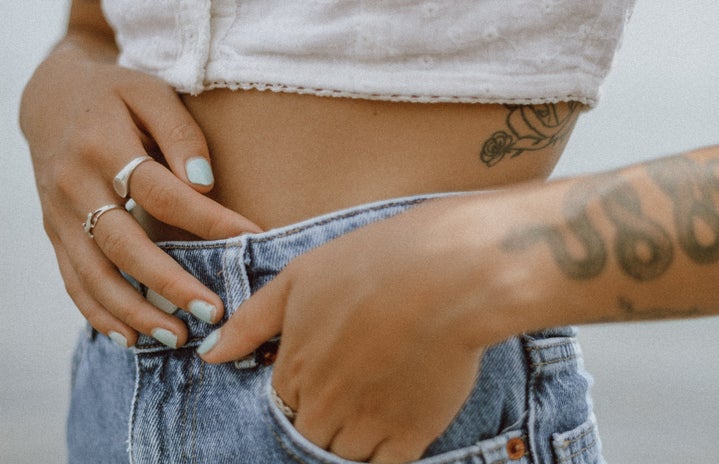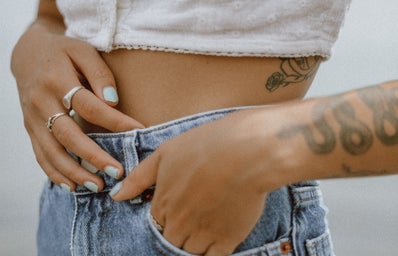Linen shirts, tailored trousers and cream jumpers are all vital components of the minimalist aesthetic. Chances are that you are probably familiar with these items of clothing; perhaps you are a connoisseur of the aesthetic yourself, reaching for these pieces in your everyday outfits, or maybe you dislike the aesthetic, and opt for an expressive and alternative form of fashion. Regardless, the popularity of minimalism has had long-standing implications not just for fashion, but our everyday lives as well.
2020, the year of the “Clean Girl” aesthetic, propelled minimalism to the front of fashion. Scrolling on Pinterest alone was enough to see the idolisation of the aesthetic with large white mansions and beige outfits dominating our screens. This rise of minimalism was anticipated since maximalist fashion had been trending for a while before 2020, however its popularity and dominance in fashion had not.
Whilst, minimalism has had several positive impacts such as: reducing waste, spending less and owning higher quality items, it has simultaneously launched an aesthetic that promotes homogeneity and unintentionally excludes minority groups. A massive part of self-expression for many people is fashion: but when you walk out into the street and see an army of minimalist robots dressed in variations of a tan coat and beige trousers you may not feel comfortable embracing your aesthetic for fear of standing out. Furthermore, minimalism tends to promote a very white, Western form of living and dressing. This could ostracise fashion from other (non-Western) cultures as “gimmicky” or “over the top”. This white-washing in fashion could preclude innovative fashion and prevent designers from producing something alternative as it will not make as much money compared to a design which would appeal to the masses.
Moreover, minimalist fashion caters towards a specific demographic, particularly skinny white women, excluding plus-sized and ethnic minority women. Furthermore, minimalism in the media often promotes a heteronormative manner of dressing which could prevent the LGBTQ+ community from entering the aesthetic.
Despite this, minimalism is not an evil aesthetic designed to oppress minority groups. Yes, in practice it can have negative implications such as benefiting the privileged who are able to spend more on fewer higher quality items unlike people from poorer backgrounds who cannot afford to shop like that. But this is a problem which can be overcome if fashion brands and designers look to make their clothes inclusive and accessible to all types of people, whilst also leaving space for other up and coming, unique fashion designers.


